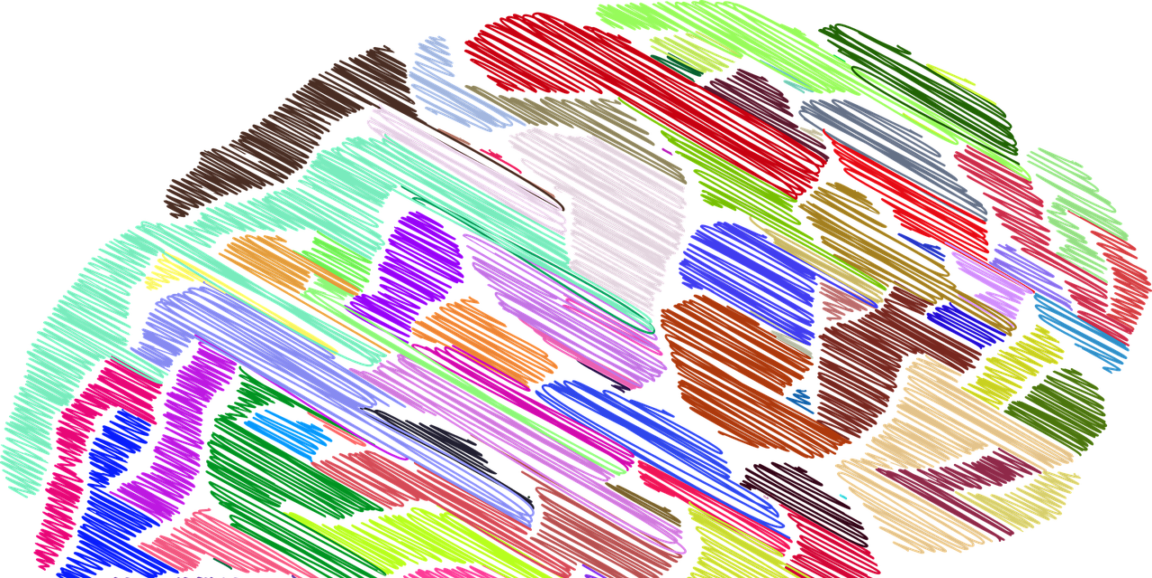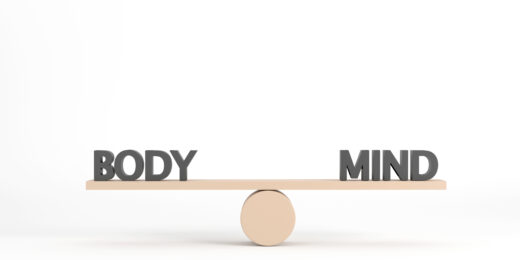The experience of pain isn't governed solely by incoming messages nerves send to the brain relaying that, say a finger has touched the hot stove. A variety of factors related to emotions and rewards, for example, weigh in on the final product — the painful sensation.
And now, a study in JAMA Neurology has shown that indeed brain regions governing these other pathways are critical to our perception of pain. That takeaway, writes Stanford psychiatrist David Spiegel, MD, in a related editorial, should guide physicians away from therapies like opioids that directly affect pain pathways toward treatments like hypnosis and other strategies that effectively moderate the feeling of pain.
That need is particularly urgent given the risk of opioid misuse and overdose. Spiegel explains the dire need for an alternative, safer treatment for chronic pain users who use those medications:
I remember being taught in medical school that people who used opiates for real pain would not become addicted. We now know that, if anything, the opposite is the case…
The new study, led by researchers in Germany and Colorado, is a meta-analysis of data from 20 studies to test the effect of placebo treatments on pain responses and to identify the role of brain regions outside the direct pain reception pathway.
It found that placebo treatments affected perceptions of pain in 85 percent of studies analyzed. However, placebos had very small effects on brain regions related to pain pathways from nerve stimulation, indicating that placebo treatments affect pain via brain mechanisms largely independent of messages from nerves about pain.
The study provides opportunity for researchers and clinicians to think differently about pain treatment for patients, Spiegel writes:
Engaging other brain regions to control pain should not be an afterthought. What matters to the patient is not which part of their brain is affected, but rather improving their total pain experience while reducing risk. As this article demonstrates, we can better use our full range of neural abilities to take the strain out of pain.
Image by GDJ






